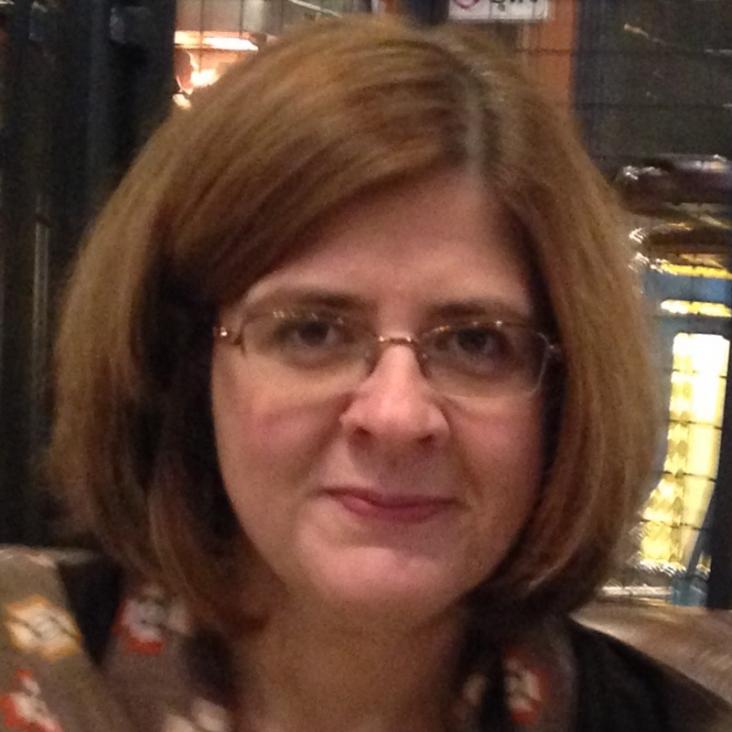Dust and Gas in Star Forming Galaxies at z~3 - Extending Galaxy Uniformity to 11.5 Billion Years
Far-infrared metallicity diagnostics: application to local ultraluminous infrared galaxies
Abstract:
The abundance of metals in galaxies is a key parameter that permits to distinguish between different galaxy formation and evolution models. Most of the metallicity determinations are based on optical line ratios. However, the optical spectral range is subject to dust extinction and, for high-z objects (z > 3), some of the lines used in optical metallicity diagnostics are shifted to wavelengths not accessible to ground-based observatories. For this reason, we explore metallicity diagnostics using far-infrared (far-IR) line ratios which can provide a suitable alternative in such situations. To investigate these far-IR line ratios, we modelled the emission of a starburst with the photoionization code CLOUDY. The most sensitive far-IR ratios to measure metallicities are the [OIII]52 μm and 88 μm to [NIII]57 μm ratios. We show that this ratio produces robust metallicities in the presence of an active galactic nucleus and is insensitive to changes in the age of the ionizing stellar. Another metallicity-sensitive ratio is the [OIII]88 μm/[N II]122 μm ratio, although it depends on the ionization parameter. We propose various mid- and far-IR line ratios to break this dependence. Finally, we apply these far-IR diagnostics to a sample of 19 local ultraluminous IR galaxies (ULIRGs) observed with Herschel and Spitzer. We find that the gas-phase metallicity in these local ULIRGs is in the range 0.7 < Zgas/Z⊙ < 1.5, which corresponds to 8.5 < 12 + log(O/H) < 8.9. The inferred metallicities agree well with previous estimates for local ULIRGs and this confirms that they lie below the local mass–metallicity relation.


